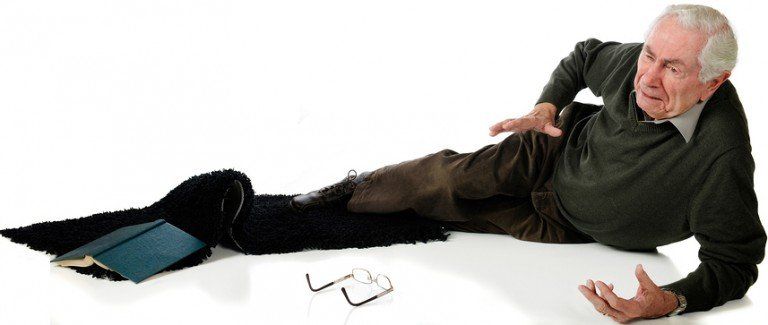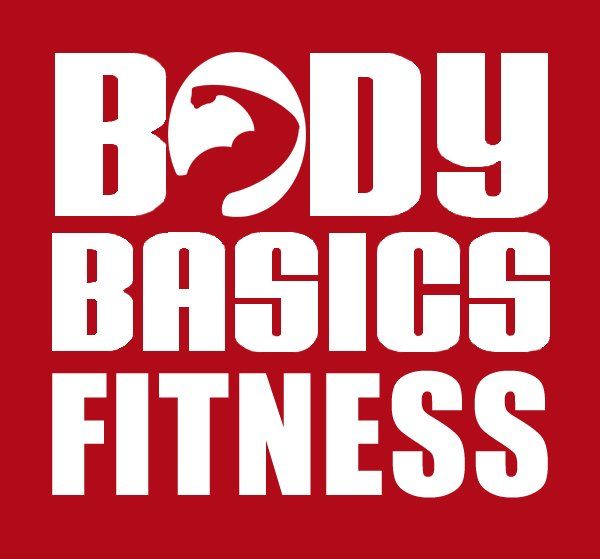Posture and Balance Training in Warren, NJ
Your posture is more than how you stand — it affects nearly every function in your body, from breathing to blood pressure. At Body Basics Fitness, our posture and balance training programs are designed to help you move better, reduce pain, and prevent falls, no matter your age or fitness level.
If you’ve been searching for a personal trainer in Warren, NJ who can improve your posture, enhance your balance, and help you stay active and independent, our proven approach will give you the tools, training, and support you need.
Why Posture and Balance Matter
The human body is amazing, but most people underestimate how closely posture is linked to health. Poor posture can cause pain, restrict movement, and even impact your cardiovascular and respiratory health. According to research from the University of London, men who lost the most height as they aged had a significantly higher risk of mortality compared to those who lost less — showing that posture can literally influence how long you live.
Good posture and solid balance don’t just help you live longer — they help you live better. People with strong posture:
- Recover faster from injuries
- Exercise more effectively
- Experience less pain
- Have a more positive outlook
- Look younger and more confident

The Truth About Perfect Posture
You’ve probably seen illustrations of “perfect posture” in books or online — but in real life, no one has perfect posture. Real posture is the result of how your body adapts to past injuries, daily habits, and the stresses of life.
There’s no quick fix, but the good news is that weak posture can be strengthened. Improving posture involves more than telling someone to “stand up straight” — it’s about strengthening the muscles that control balance, retraining how your body moves, and building better alignment over time.
Posture and the Aging Process
If left unchecked, aging often leads to reduced movement — not because we have to slow down, but because we choose to. Sometimes it’s due to pain or fear of pain; other times it’s the result of old injuries that changed how we move. Over time, these adaptations can make posture worse, increasing joint stiffness, muscle tightness, and imbalance.
Youth is a feeling, not an age. Staying active, improving posture, and maintaining balance can help you look and feel younger for longer.
Fall Prevention and Balance Improvement
Posture, falls, and balance are deeply connected. Better posture improves balance, which in turn reduces the risk of falls — one of the most common causes of injury in older adults.
Our program incorporates the StrongPosture® system, a research-based method that:
- Strengthens balance, alignment, and movement control
- Improves posture step-by-step through targeted exercises
- Builds awareness of how your body moves and adapts
- Helps prevent falls by improving coordination and stability
Just a few minutes of StrongPosture® training each day can make a noticeable difference in how you feel — and how others see you.
Our Posture and Balance Training Approach
- Posture Correction Exercises – Identify and address imbalances to restore alignment and reduce muscle strain.
- Balance Improvement Strategies – Develop stability through progressive drills, core work, and functional movement training.
- Strength and Stability Work – Build the muscle support necessary for better posture and confident movement.
- Fall Prevention Coaching – Learn strategies to avoid falls and stay active with less risk.
Start Improving Your Posture and Balance Today
With the right guidance, posture can be improved at any age. Our posture and balance training program helps you move with greater ease, reduce pain, and maintain independence for years to come.
Schedule your free Success Session today and take the first step toward a stronger, more balanced you.


